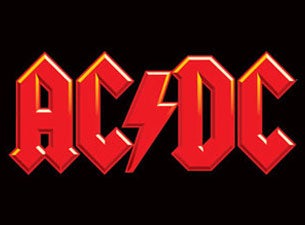It's not just a cheesy band from England who played weird fast-paced music using weird voices.
The photoelectric effect is only able to produce DC power. Your home works with AC electricity. In order to change that power over to something your home can use, it requires the use of a device known as an inverter.
This page will explain a bit more about the differences between AC and DC electricity.
Alternating Current
AC is "Alternating Current"
AC electricity is manipulated using coils to induce a current that fluctuates from + to - in voltage at a certain number of times per second. Meaning that 120v AC actually fluctuates from 120v+ to 120v- at a rate of 60 times per second (60 hertz).
Conductors
With AC current, you can complete a circuit with one conductor and a neutral, which does not conduct electricity. The two-prong plug that goes into the wall everywhere you go? One of those is the neutral, the other is a "line."
In a home, most devices are 120v AC, meaning that it is using one line. Some devices are 240v, thus using two different lines to combine their voltages. Inverters are typically 240v.
Benefits of AC Electricity
The main reason AC power is so popular is because it travels better over long distances since it is able to be "stepped up" and "stepped down" using transformers. That's why the grid is AC power.
However you'll notice that many of your devices at home contain power adapters which convert electrical energy back into DC again, because many electronic devices work using DC power.
Direct Current
DC power is direct current. It does not fluctuate in polarity like AC power, nor can it operate with a single conductor. It requires a positive and a negative wire in order to operate.
Without a way to induce AC current, electrical components like batteries and solar panels will only generate DC power.
Additional Reading:Grounding
External Links:
PBS Explains This Same Concept
